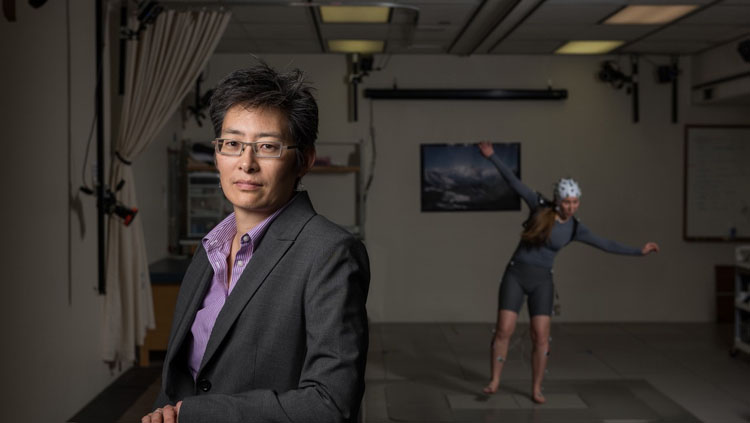Neuronline Spotlight: Entrepreneurial Women Combining Neuroscience, Engineering, and Technology
During Women’s History Month, Neuronline published an interview series highlighting the scientific accomplishments and careers of female leaders working across disciplines. It provides role models to female scientists working or considering careers in neuroscience, engineering, and technology, the boundaries of which are dissolving to define new, intermediary fields like neural engineering.
These four inspiring stories feature women whose creativity, tenacity, and collaborative spirit have been as important as their quantitative skills to their scientific accomplishments. They’re stories of entrepreneurial careers that draw on scientifically diverse training experiences, are built on perseverance through challenges, and embrace nonlinear thinking, considering the what if.

The interviewees set high bars for themselves and repeatedly surpass them. They engage with their cohorts to form the strong supportive networks that keep them going. They take time to find and connect with mentors. They are always adaptable. They never lose sight of their end goal, and along the way, recognize all of the rewards of a career bridging disciplines.
In this series, you’ll meet:
- Lena Ting, a mechanical-engineer-turned-neuroscientist studying movement, like walking and balance, in the nascent field of neuromechanics.
- Ranu Jung, a neural engineer with more than half dozen patents who listens to human needs and develops clinical devices to improve people’s quality of life.
- Cynthia Chestek, an electrical engineer and neuroscientist to whom the nervous system is a circuit and who is tapping into that circuit to advance brain-machine interfaces.
- Vivian Mushahwar, an electrical engineer whose dream since grad school has been to help people walk following spinal cord injury, and who now leads interdisciplinary teams to do exactly that.
Women hold fewer faculty positions in neuroscience programs. In STEM, women compose only 27% of full-time, tenured professors and 25% of the workforce as a whole. Moreover, controlling for representation across sectors, women’s later entrance into STEM, and full- vs. part-time employment “does little to change the gender pay gap in male-dominated subfields (e.g., computer science and engineering),” according to a JNeurosci review of gender disparities in STEM.
Giving women in science a space to share their achievements and advice can inspire others and help to change these statistics. Read their stories, let them inspire you, and share them to inspire your trainees, lab mates, and friends.


















